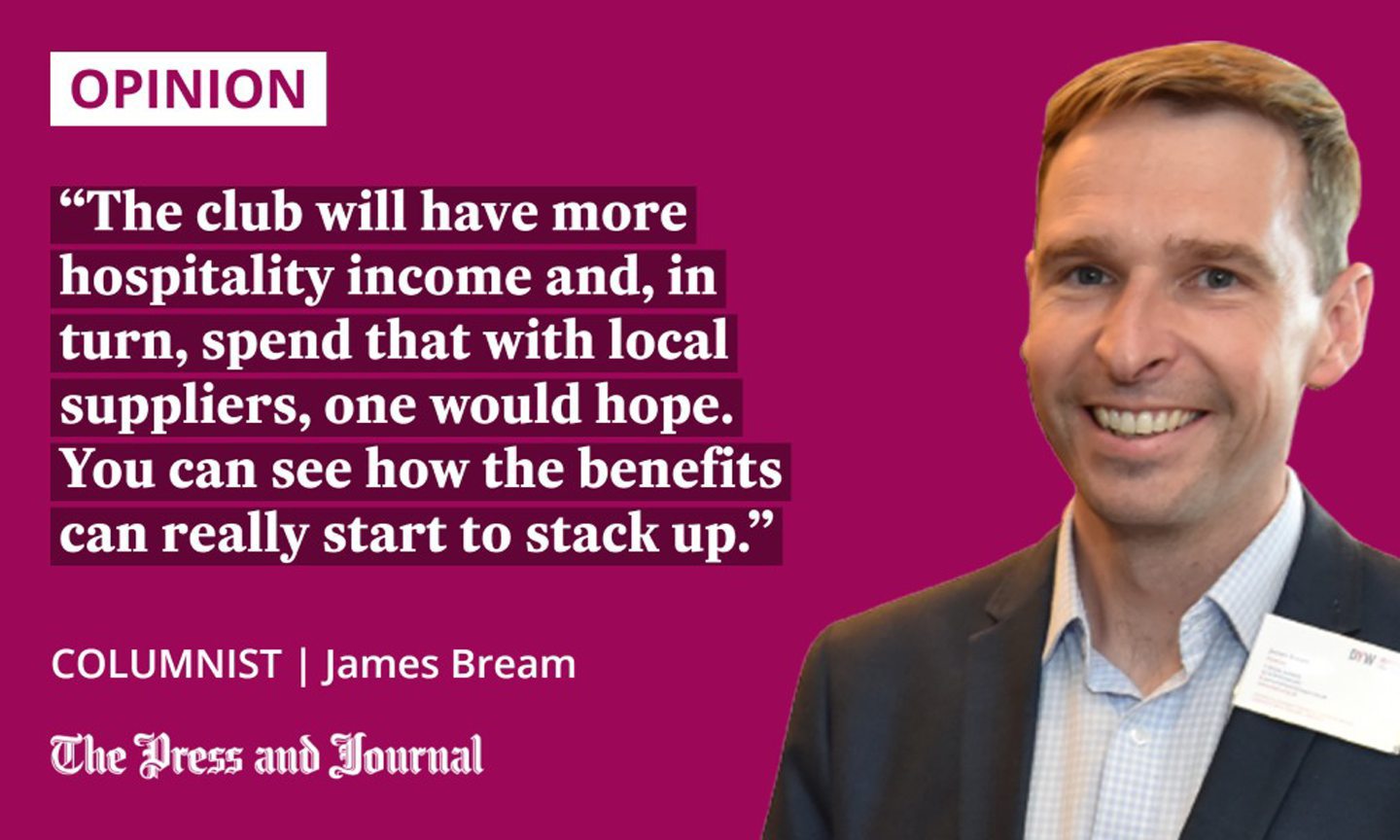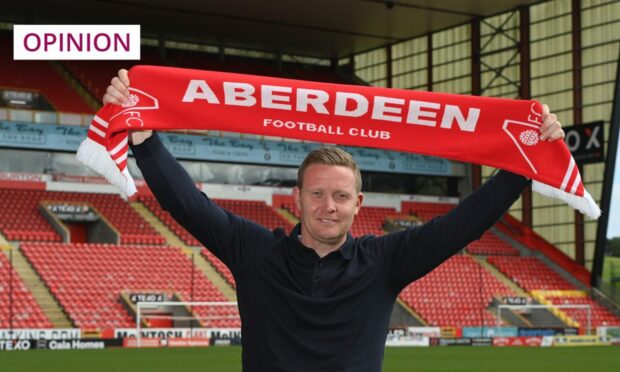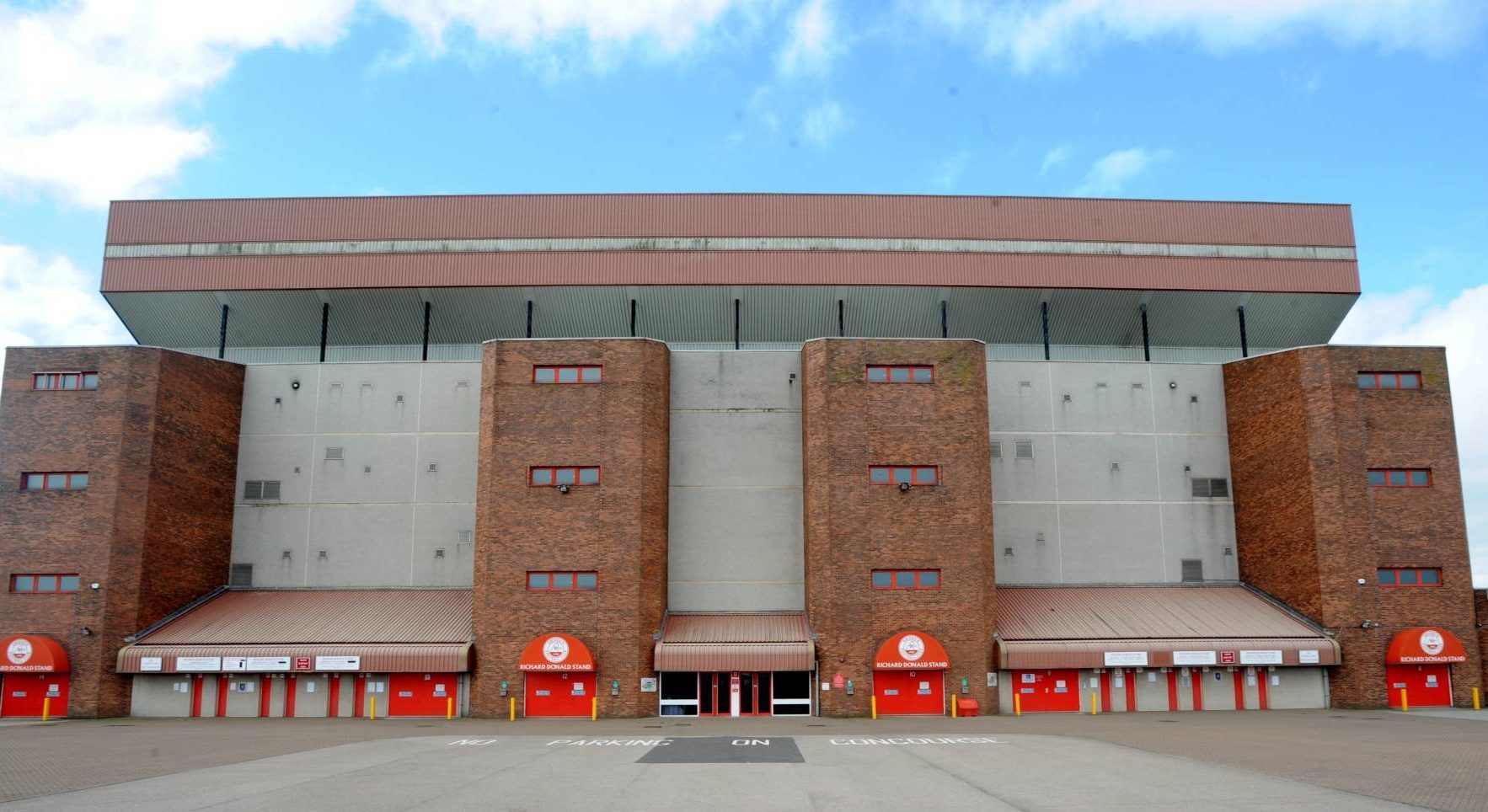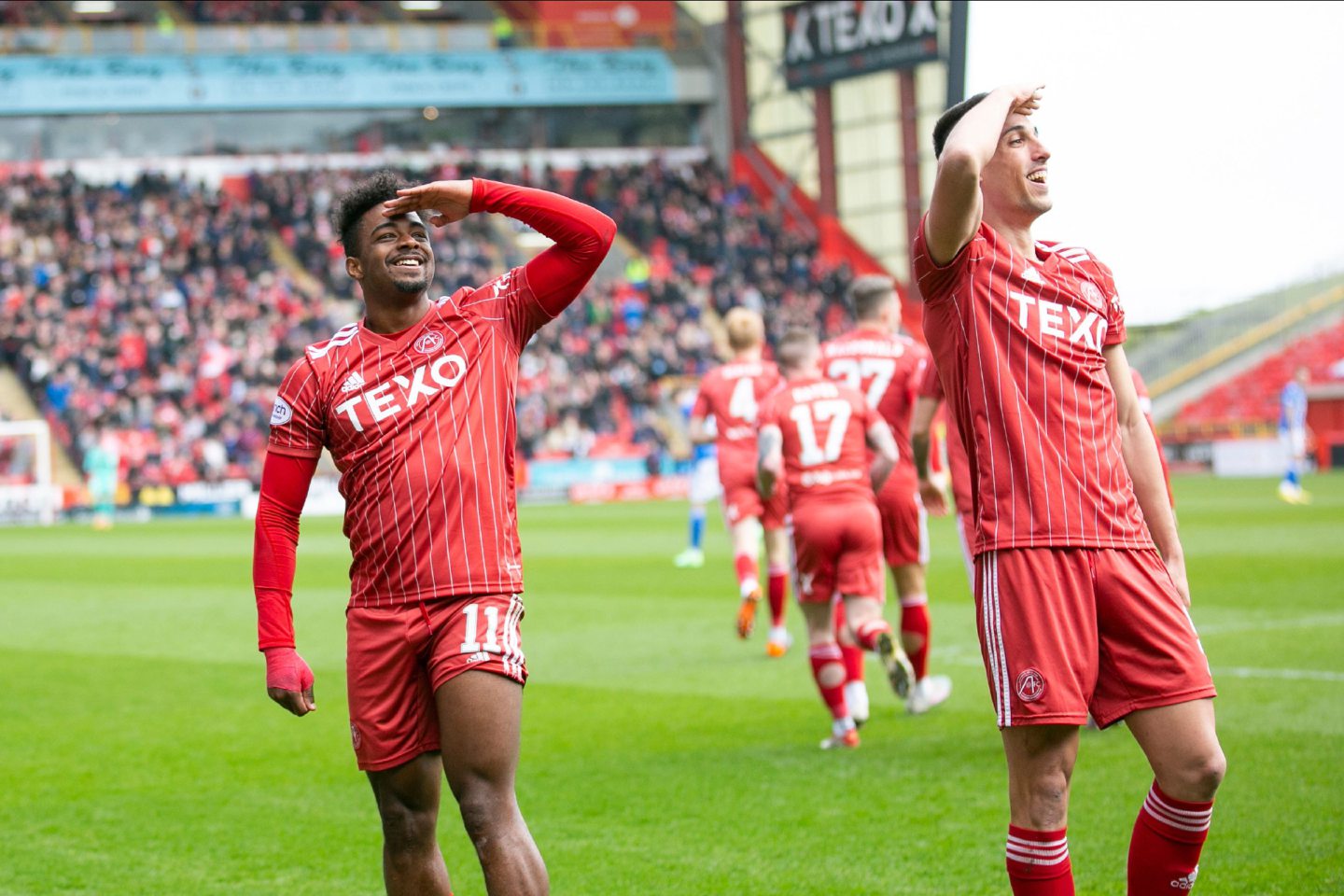March 21, 2014 was the first time I knowingly appeared in the Daily Record.
I was quoted discussing economics, unsurprisingly. Predictably, it was in the context of Aberdeen FC. The article talked about how the city would be subject to a “Super Bowl bounce” following the 2014 ParkRed Cup final.
Amusingly, the online version of the story had (and still has) a picture of Barry Robson, front and centre, on the open-top bus. On May 24, he’ll also be front and centre, when Aberdeen FC potentially secure a third-place league finish and, in all probability, the longest European run since 2007-08 with it.
Wednesday night is not just a football story, though. There are fascinating economic impacts which will occur if Aberdeen beat St Mirren, and Rangers beat or draw with Hearts.
Back in the day, I used to have a job where I would quantify the benefits of these types of things. I ran studies on the economic impacts of Uefa Cup finals, Champions League finals and other major sporting events. The method for calculating economic benefits became something I was pretty good at, and the research was used by news outlets, sporting organisations and people in government.

The basis for the work is pretty consistent, and captures spending on the organisation and infrastructure associated with the events, then captures spending from participants (fans), then assesses the ripple effect from that into local and national economies.
In addition, the research would consider “externalities”; these might be knock-on or related impacts that weren’t initially predicted. For example, a successful event could raise the profile of a city, have a positive impact on young people, or help secure investment in another way.
Layers of economic benefit
These upcoming football matches have massive economic potential – let me outline why. The first layer of impacts relates to Aberdeen FC directly. By being in Europe, they receive a share of TV income, which will boost their revenues; the further they get, the more money they receive.
Assuming the owners don’t pocket this, it will be used to invest in new facilities or capital which, if procured locally, will benefit businesses and create jobs in the north-east. As an example, if the club earned an extra £4 million and spent it on a new indoor training facility, this could create around 40 construction jobs, as well as further roles to support its operation and maintenance.
The next layer of economic benefit is through increased spend on hospitality and “event” activity on match days. Aberdeen could have another four or five home games, which will mean people spending more in the local economy. Who knows? We might play against a big team, and their fans will spend in the city’s pubs, restaurants and hotels and generate new local income, too.
In addition, on site, the club will have more hospitality income and, in turn, spend that with local suppliers, one would hope. You can see how the benefits can really start to stack up.
When the Dons cash in, they can reinvest
Now, it would be remiss not to mention that there is some leakage of spending. However, I would make the argument that this isn’t huge.
In theory, the spending that people will make travelling to away games in Europe is “lost” to the north-east, but I believe Dons fans will simply refrain from family holidays in order to follow the team… Their families will understand, after all.
An externality benefit is the value of the players. When Duk scores the winner in the 91st minute, then destroys teams from around Europe, his value will rise, as will the value of Miovski and other players. When the Dons cash in, they can, again, reinvest, return to Europe, progress further, and the cycle of economic growth continues.
And so concludes the ramblings of a man looking at the world through red-tinted glasses, with just a hint of excitement, and finding a tenuous way to use economics to say: “Come on you Reds!”
James Bream is CEO of Aberdeen-based Katoni Engineering and chair of DYW North East



Conversation